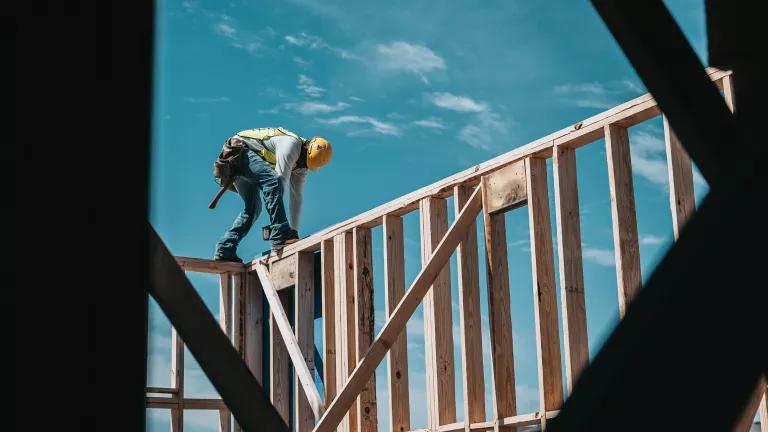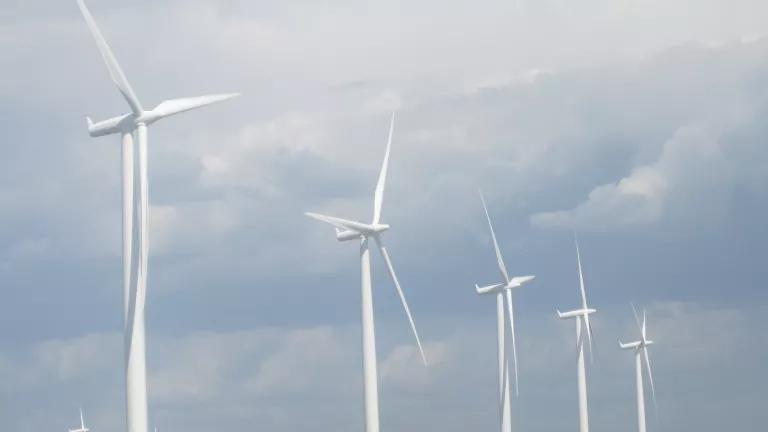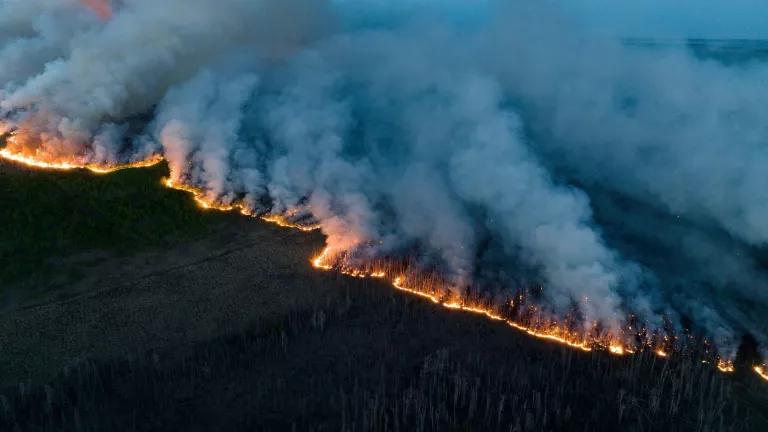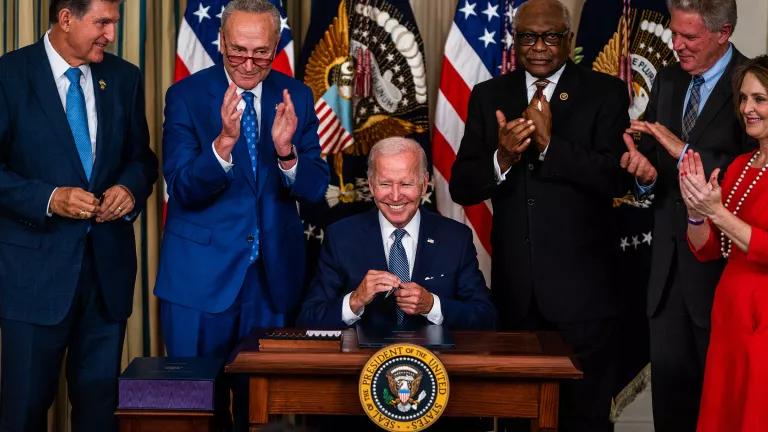Can Employers Keep Workers Safe from Climate Change?

The climate crisis has the potential to disrupt every aspect of operating a business, from product development, to supply chain management, to consumer demand. It also threatens worker health and safety, with implications for staffing plans, project timelines, and business continuity itself.
In fact, when “Property Brothers” co-host Drew Scott discussed climate change at last month’s U.S. launch of the 2020 Lancet Countdown, he said “the people” were the biggest challenge ahead for the construction sector. He went on to say:
“The health impacts to everyone is killer, it really is.”
So, what can employers do to protect their people from rising temperatures, shifting patterns of mosquito-borne diseases, increasingly extreme hurricanes and wildfires, and the other impacts of climate change?
We tackle that very question in the January issue of the American Journal of Health Promotion with three key recommendations for employers.
Employers should develop climate-smart health and safety procedures
Employers are required under federal law to provide safe workplaces. But beyond the law—and basic human decency—there’s a financial imperative to protect workers.
Safe and healthy workplaces help employers save money on things like medical costs and training replacement employees. They also help maintain productivity. In 2019, for example, extreme heat led to the loss of 2 billion potential hours of U.S. labor.
As Scott says in the video linked above:
"We want to protect our team. I mean, these people are our livelihood. They’re the muscle behind everything we do.”
Unfortunately, current federal, state, and local labor laws and regulations aren't up to the challenge of our current climate reality. Employers shouldn’t wait for decisionmakers to catch up. Instead, they should work with their employees to proactively develop solutions to climate-related health and safety risks.
Employers should plan ahead
Scott also talked at the Lancet Countdown launch about how his two decades of experience in real estate and construction hasn’t been of much use during recent weather extremes.
“Everything we’ve ever known for how we schedule the timeline and budget is out the window.”
The combination of the COVID-19 pandemic and the string of record-breaking weather events in 2020 vividly illustrated that employers can’t rely solely on the past to craft solutions for the future. Furthermore, new research finds that our global climate system may be more sensitive to greenhouse gas pollution than previously thought—meaning that higher-end estimates of future warming are looking increasingly likely.
By systematically evaluating and planning for worst-of-the-worst-case scenarios, employers can help protect the physical and mental health of their workers and minimize downtime for their businesses.
Employers should help speed the transition to a clean energy economy
It’s critical for employers to take urgent action to protect workers from the present-day threat of climate-related illness, injury, and death. But as we write in the journal article:
“Without addressing the root causes of climate change, increasingly stringent and expensive measures will be needed to keep workers healthy and safe.”
Employers should do what they can to clean up their own contribution to climate change. For instance, the U.S. healthcare industry accounted for roughly 8.5 percent of all domestic greenhouse gas pollution in 2018. Hospitals, medical device suppliers, and other major healthcare players clearly have a lot of work to do.
But employers large and small should also embrace the opportunity for a new era of federal climate action. Business voices will be crucial as the Biden-Harris administration and the 117th Congress get to work on a clean energy future—just as their voices helped pass the American Innovation and Manufacturing Act in December. That groundbreaking law, which targets powerful climate-warming gases called hydrofluorocarbons (HFCs), has the potential to cut the equivalent of the yearly emissions of nearly 195 million vehicles.

Protecting worker health and safety is the right and the smart thing to do. And there’s no time to waste: Workers are already—and unnecessarily—being harmed by the climate crisis.
I’ll let Drew Scott have the last word:
“We are in a time where there’s so much happening that has never happened before. And that’s why we have to step back, take a breath, look at the information that’s being provided to us, educate ourselves, and then move forward in a way that’s going to be better for all of us at the end of the day.”




